Introduction
In the ever-evolving world of automotive technology, the role of electrical systems in vehicles has become paramount. Modern cars are laden with complex electrical components, making the need for specialized automotive electrical tools more critical than ever. These tools are not just for professionals; they are indispensable for anyone who wishes to maintain or repair their vehicle effectively.
This article delves into the realm of automotive electrical tools, exploring their various types, uses, and the crucial role they play in ensuring vehicle safety and performance.

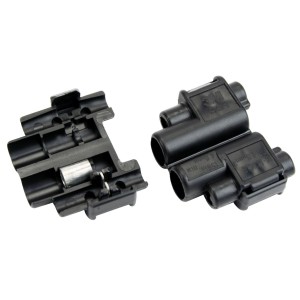
Scotchlok Electrical Insulation Displacement Connector 901-BOX, In-Line Bullet Receptacle
Types and Categories
Multimeters
Multimeters are versatile devices used to measure electrical properties such as voltage, current, and resistance. They come in two main types:
Digital Multimeters
Digital Multimeters (DMMs) are the most common type, known for their accuracy and ease of reading. They are equipped with a digital display that shows precise measurements, making them ideal for both professionals and amateurs.
Analog Multimeters
Analog Multimeters, although less common today, are still favored by some for their ability to display fluctuating measurements in real-time through a needle gauge. They can be particularly useful in certain diagnostic situations.
Circuit Testers
Circuit testers are essential for identifying faults in electrical circuits. They come in various forms:
Basic Circuit Testers
These are simple devices that indicate the presence of electrical current in a circuit. They are often used for quick checks and basic troubleshooting.
Advanced Circuit Testers
Advanced circuit testers can perform more complex diagnostics, including detecting shorts, open circuits, and voltage drops. They are indispensable for thorough electrical system analysis.
Battery Testers
Battery testers help determine the health and performance of a vehicle’s battery. They are categorized into:
Load Testers
Load testers measure a battery’s ability to maintain voltage under load conditions, providing a clear indication of its capacity and overall health.
Conductance Testers
Conductance testers offer a quicker and often more precise assessment of a battery’s condition by measuring its conductance, which correlates with its capacity to hold a charge.
Scan Tools
Scan tools are vital for accessing and interpreting a vehicle’s onboard diagnostic system. They are split into two main categories:
OBD-I Scanners
OBD-I (On-Board Diagnostics) scanners are used for older vehicles and require manufacturer-specific tools to read diagnostic trouble codes.
OBD-II Scanners
OBD-II scanners are universal and can be used on most vehicles manufactured after 1996. They provide access to a wide range of diagnostic information, including error codes and real-time data.
Power Probes
Power probes are multifunctional tools that can test voltage, ground, and continuity in vehicle electrical systems. They are invaluable for quickly diagnosing electrical faults.
Wire Strippers and Crimpers
These tools are essential for any electrical work, allowing for the precise stripping and crimping of wires to ensure secure and reliable connections.
Soldering Irons
Soldering irons are used to join electrical components by melting solder around the connection, creating a strong and conductive bond.
Oscilloscopes
Oscilloscopes are advanced diagnostic tools that display voltage signals as waveforms, allowing for detailed analysis of electrical system performance.
Amp Clamps
Amp clamps, or current clamps, measure the amount of current flowing through a wire without needing to make direct contact with the conductor.
Relay Testers
Relay testers are used to check the functionality of relays, which are critical components in many automotive electrical systems.
Terminal Tools
These tools are designed to help insert and remove terminals from connectors without damaging them, ensuring proper electrical connections.
Electrical Connectors and Accessories
A variety of connectors and accessories are available to facilitate secure and efficient electrical connections in automotive systems.
Diagnosis and Tests
Using Multimeters for Diagnostics
Multimeters are indispensable for diagnosing electrical issues. Key functions include:
Measuring Voltage
Voltage measurement is crucial for checking the electrical potential difference across components, ensuring they receive the correct voltage for proper operation.
Measuring Resistance
Resistance measurement helps identify issues such as broken wires or poor connections that could impede electrical flow.
Measuring Current
Current measurement is essential for assessing the amount of electrical current flowing through a circuit, helping to detect overcurrent conditions that could cause damage.
Circuit Testing Techniques
Effective circuit testing involves several techniques:
Continuity Testing
Continuity testing checks if there is a complete path for current to flow, helping to identify broken circuits or disconnected components.
Load Testing
Load testing involves applying a load to the circuit to see if it can handle the expected current without significant voltage drop, indicating the circuit’s robustness.
Battery Testing Methods
Battery testing is critical for maintaining reliable vehicle operation:
Performing a Load Test
A load test checks a battery’s ability to maintain voltage under load, providing a clear indication of its health and capacity.
Using a Conductance Tester
Conductance testing offers a quick and precise assessment of a battery’s condition by measuring its conductance, which correlates with its capacity to hold a charge.
Scan Tool Diagnostics
Scan tools provide deep insights into a vehicle’s health:
Reading Error Codes
Reading error codes helps identify specific issues within the vehicle’s systems, guiding repairs and maintenance.
Live Data Monitoring
Live data monitoring allows for real-time observation of vehicle performance, aiding in diagnosing intermittent problems and verifying repairs.
Power Probe Usage
Power probes simplify the process of diagnosing electrical faults by allowing for quick voltage, ground, and continuity testing.
Oscilloscope Diagnostics
Oscilloscopes provide a visual representation of electrical signals, helping to diagnose complex issues such as sensor failures and electrical noise.
Using Amp Clamps for Current Measurement
Amp clamps allow for non-invasive current measurement, providing a safe and efficient way to assess electrical system performance.
Reasons for the Tool and Tests
Ensuring Vehicle Safety
Using the right tools and tests ensures that all electrical systems function correctly, preventing potential safety hazards.
Enhancing Performance and Efficiency
Proper diagnostics and maintenance enhance vehicle performance and efficiency, leading to smoother operation and better fuel economy.
Preventing Electrical Failures
Regular use of diagnostic tools helps identify and address issues before they lead to complete system failures, reducing downtime and repair costs.
Preventive Measures
Regular Electrical System Check-ups
Conducting regular check-ups ensures that all electrical components are in good condition, preventing unexpected breakdowns.
Proper Battery Maintenance
Maintaining the battery, including regular testing and cleaning, extends its lifespan and ensures reliable vehicle starting.
Protecting Electrical Connections
Protecting connections from corrosion and ensuring secure connections prevent electrical faults and improve system reliability.
Personal Stories or Case Studies
Story of a Successful Electrical Diagnosis
Consider the story of a mechanic who used a combination of diagnostic tools to identify a complex wiring issue, restoring the vehicle to full functionality and earning a satisfied customer.
Case Study: Electrical Issues in Modern Vehicles
A detailed case study might explore common electrical problems in modern vehicles, such as sensor failures and wiring issues, highlighting the importance of advanced diagnostic tools.
Expert Insights
Quotes from Automotive Professionals
Experts emphasize the importance of investing in high-quality tools. “Having the right tools can make the difference between a quick fix and a prolonged headache,” says John Doe, a veteran automotive technician.
Advice on Choosing the Right Tools
When selecting tools, consider factors such as accuracy, ease of use, and compatibility with your vehicle’s systems. Investing in reliable brands can save time and money in the long run.
Conclusion
Summary of Key Points
In conclusion, automotive electrical tools are essential for maintaining modern vehicles. From multimeters to oscilloscopes, each tool plays a vital role in ensuring safety, performance, and reliability.
Call to Action for Further Education
For those looking to deepen their knowledge, numerous resources are available, including online courses, workshops, and manufacturer training programs. Investing time in learning about these tools can pay off significantly in terms of vehicle maintenance and repair.
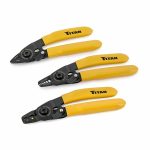

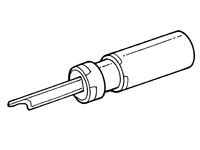

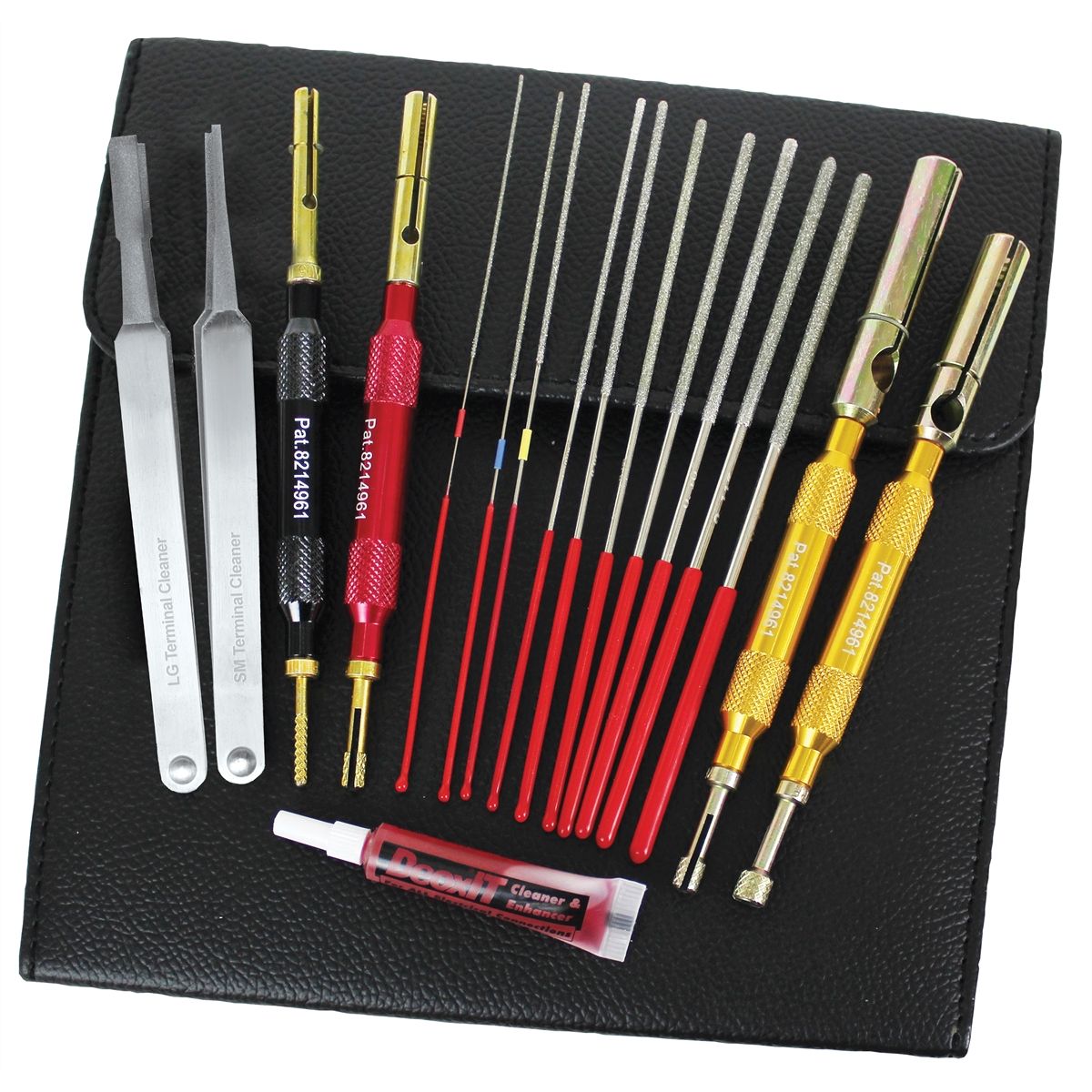

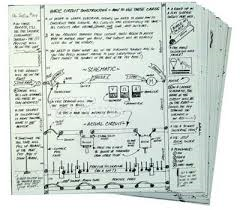

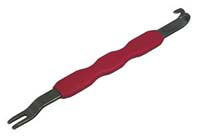
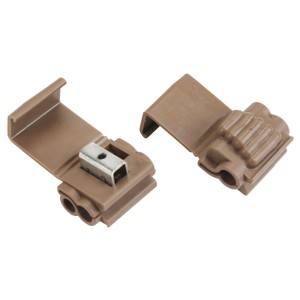

Follow us on social media